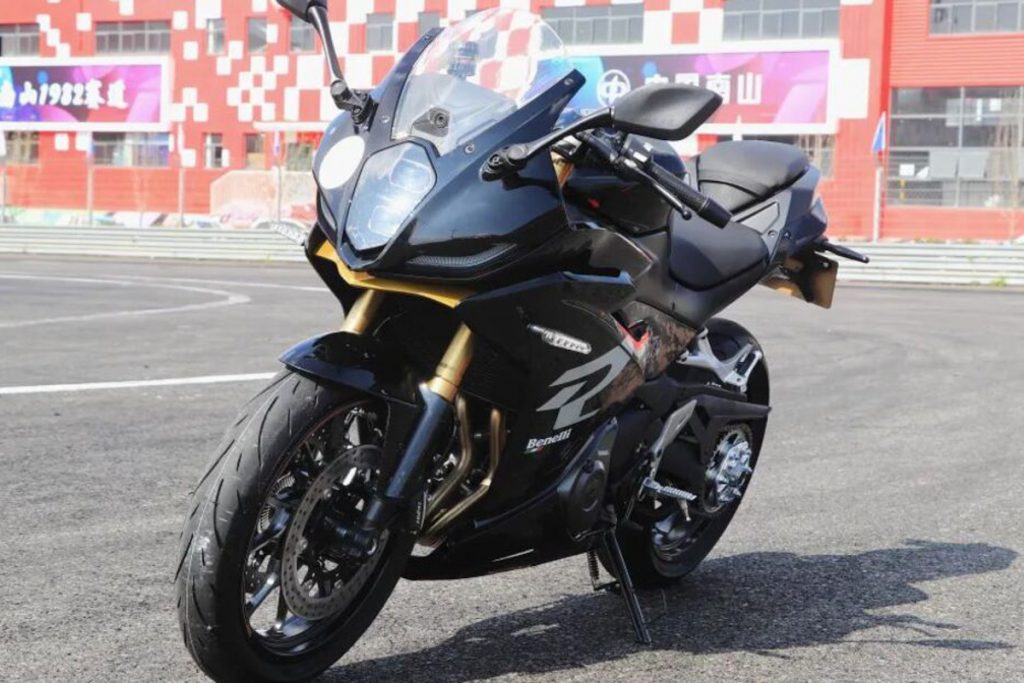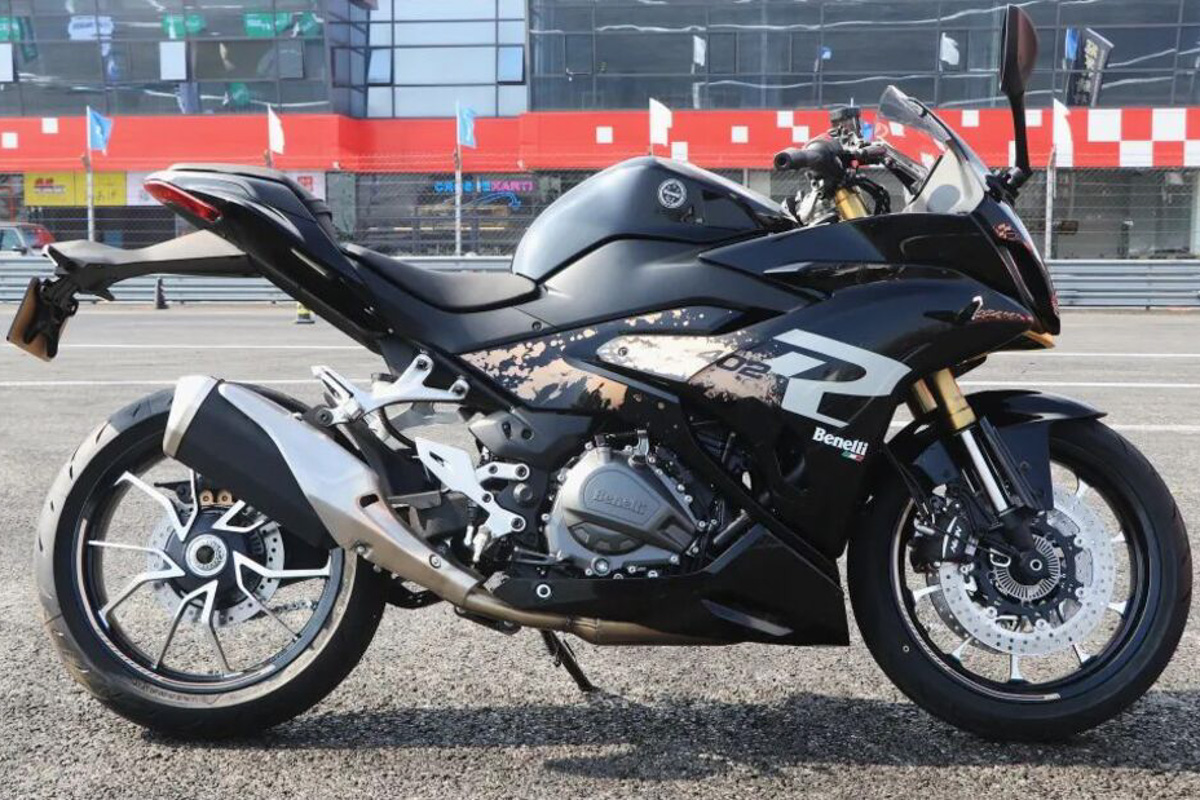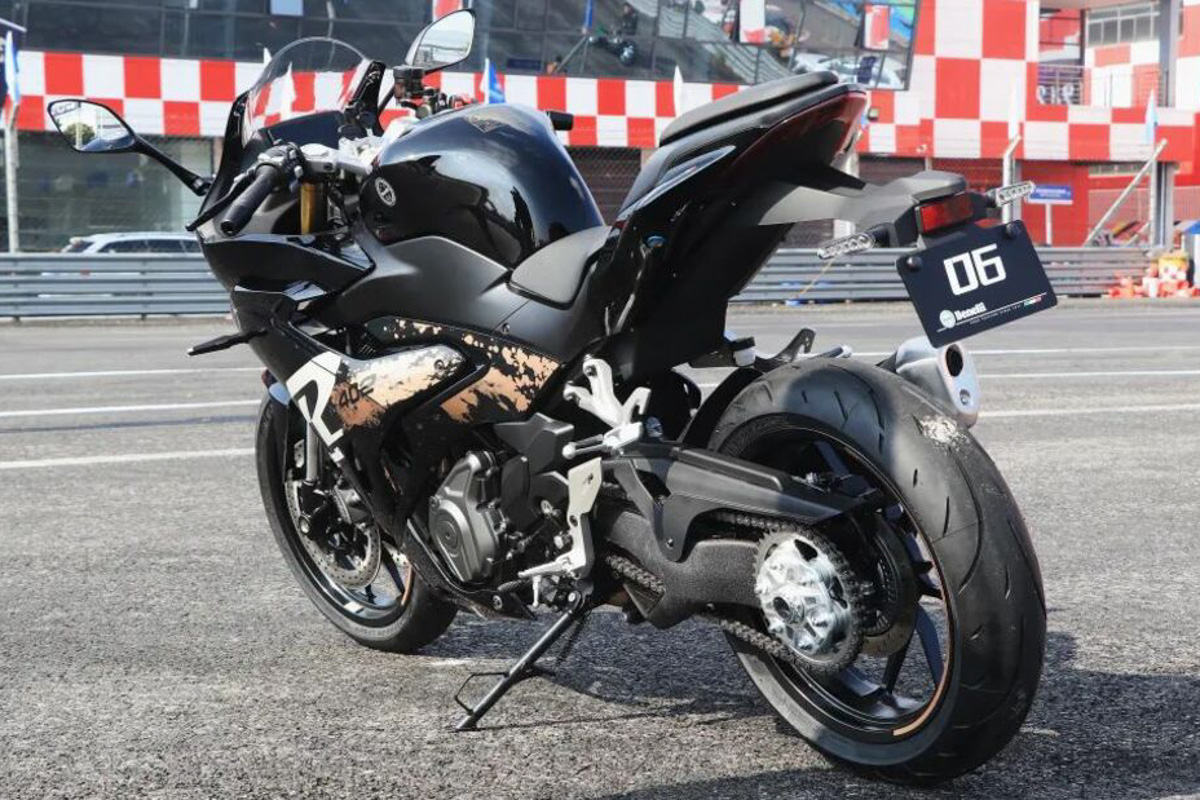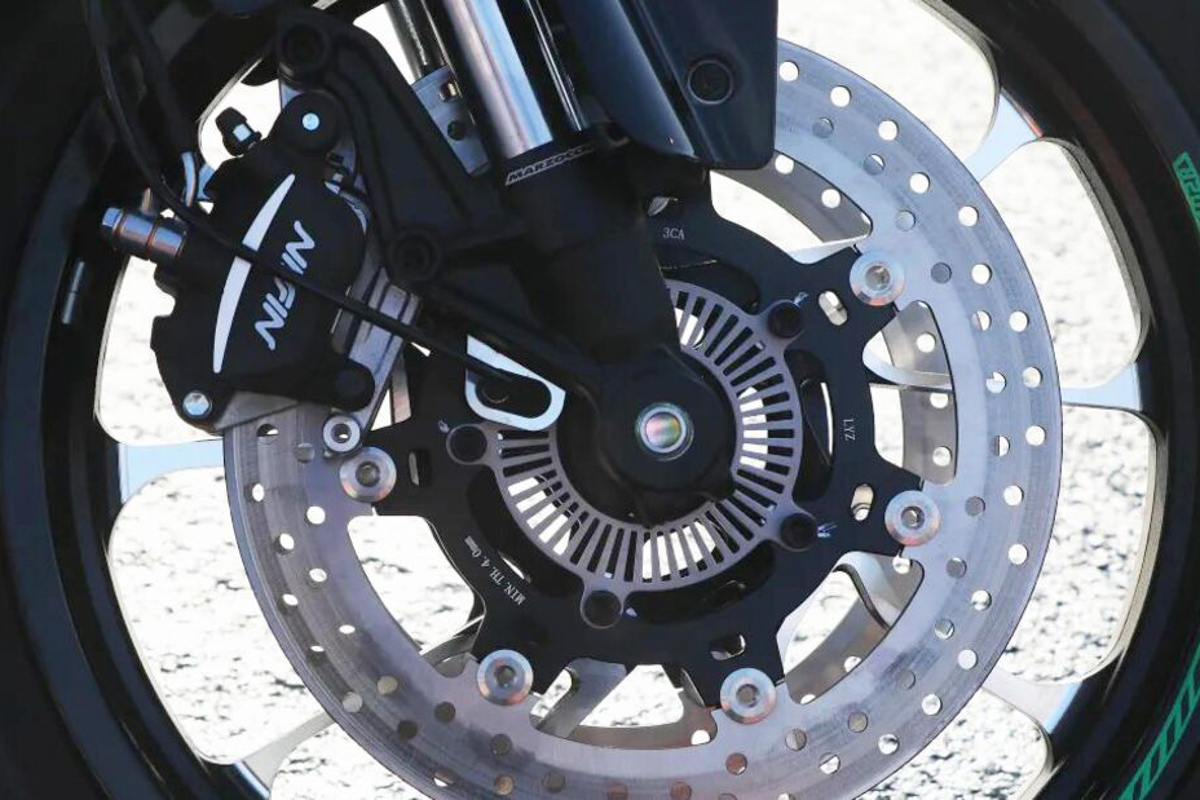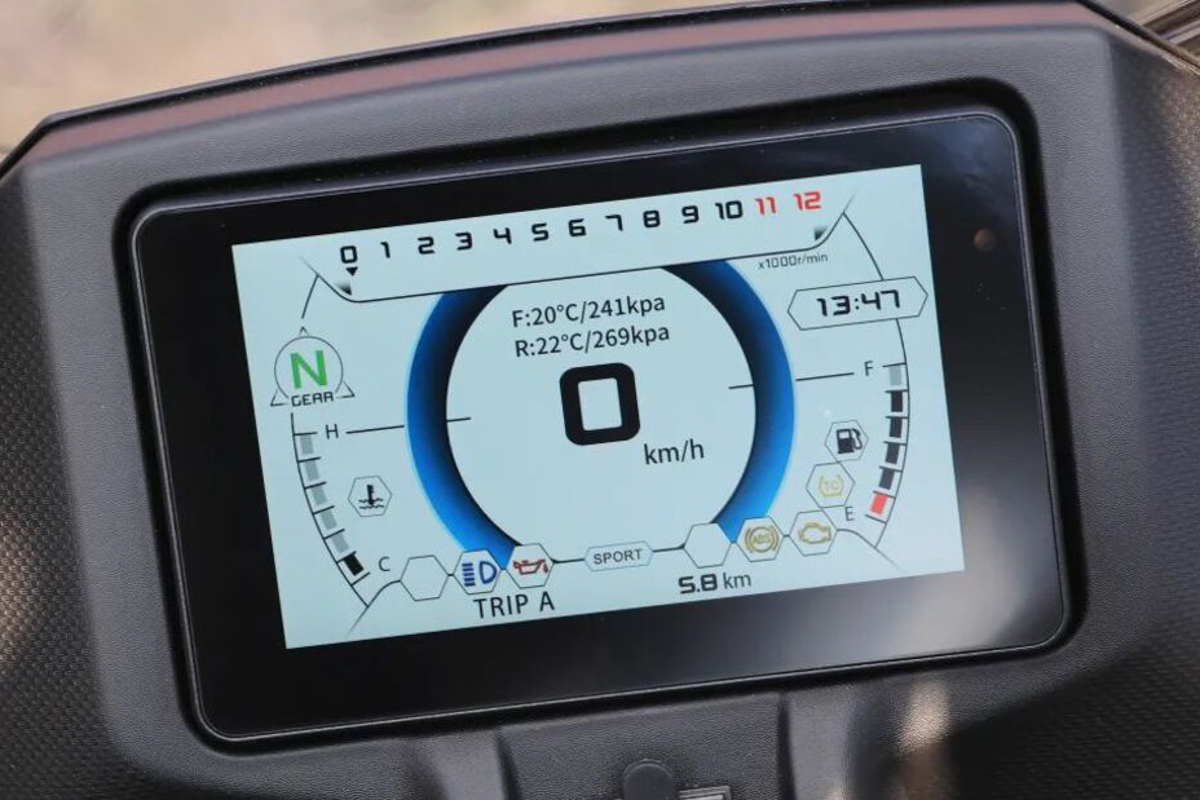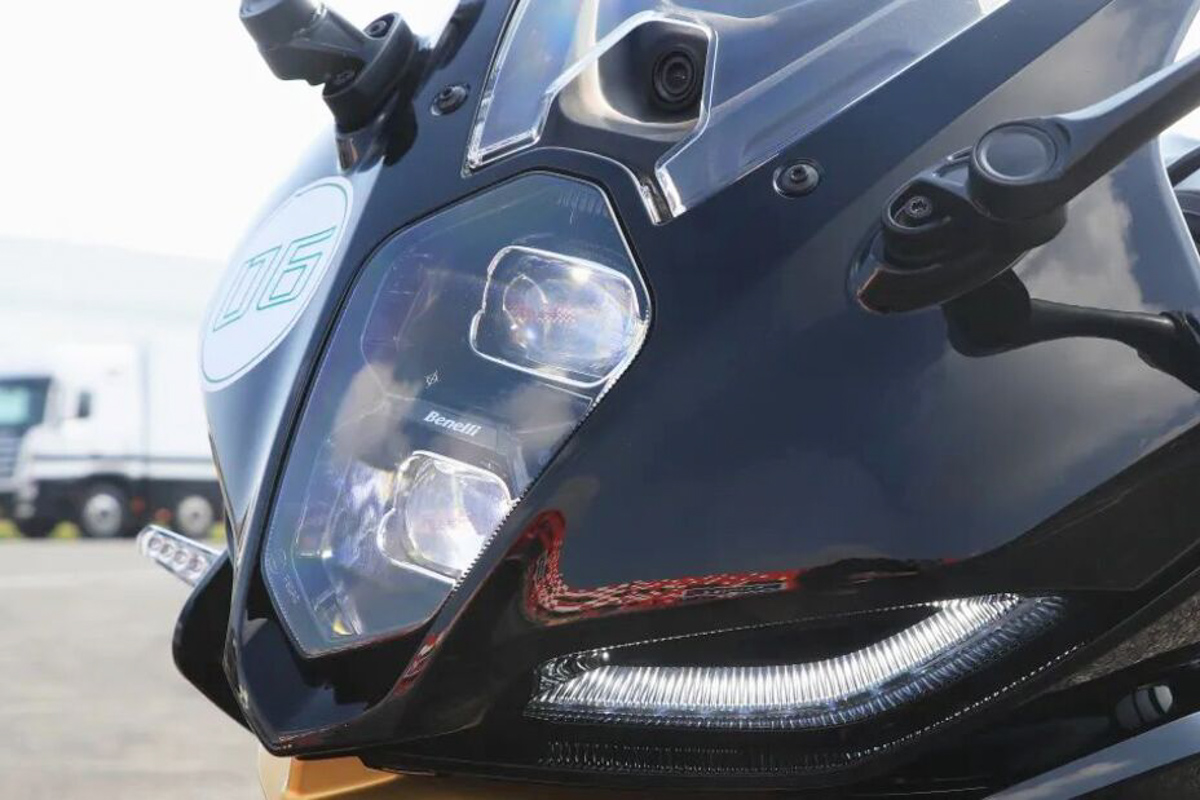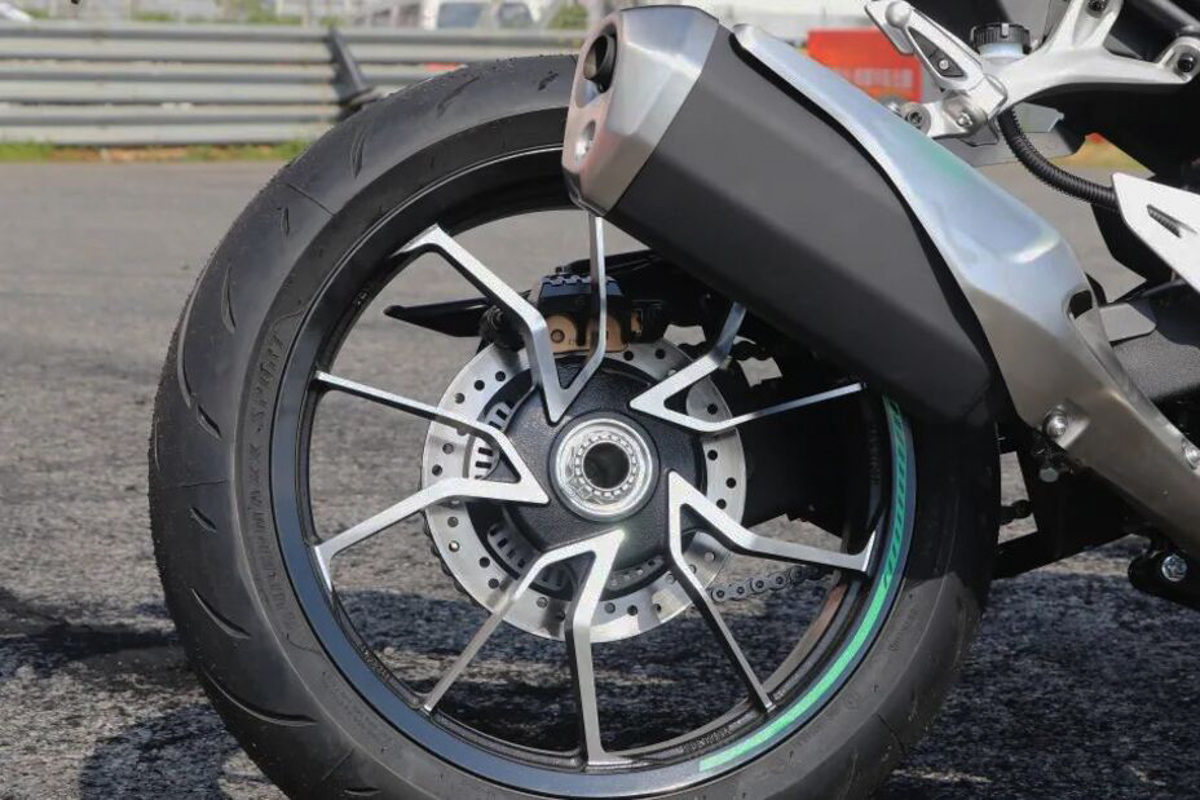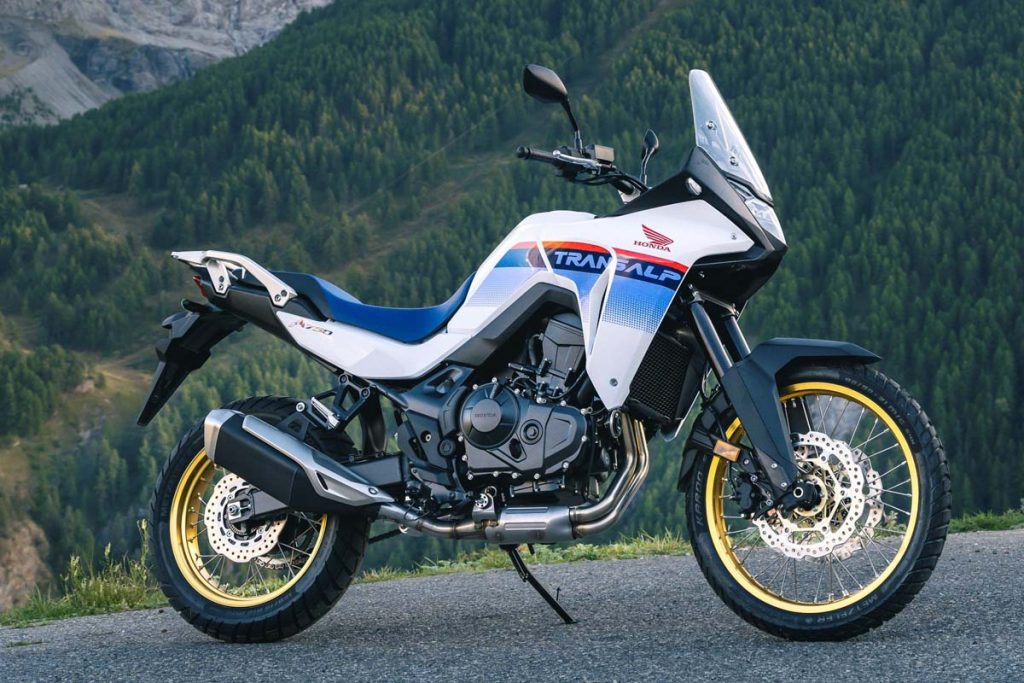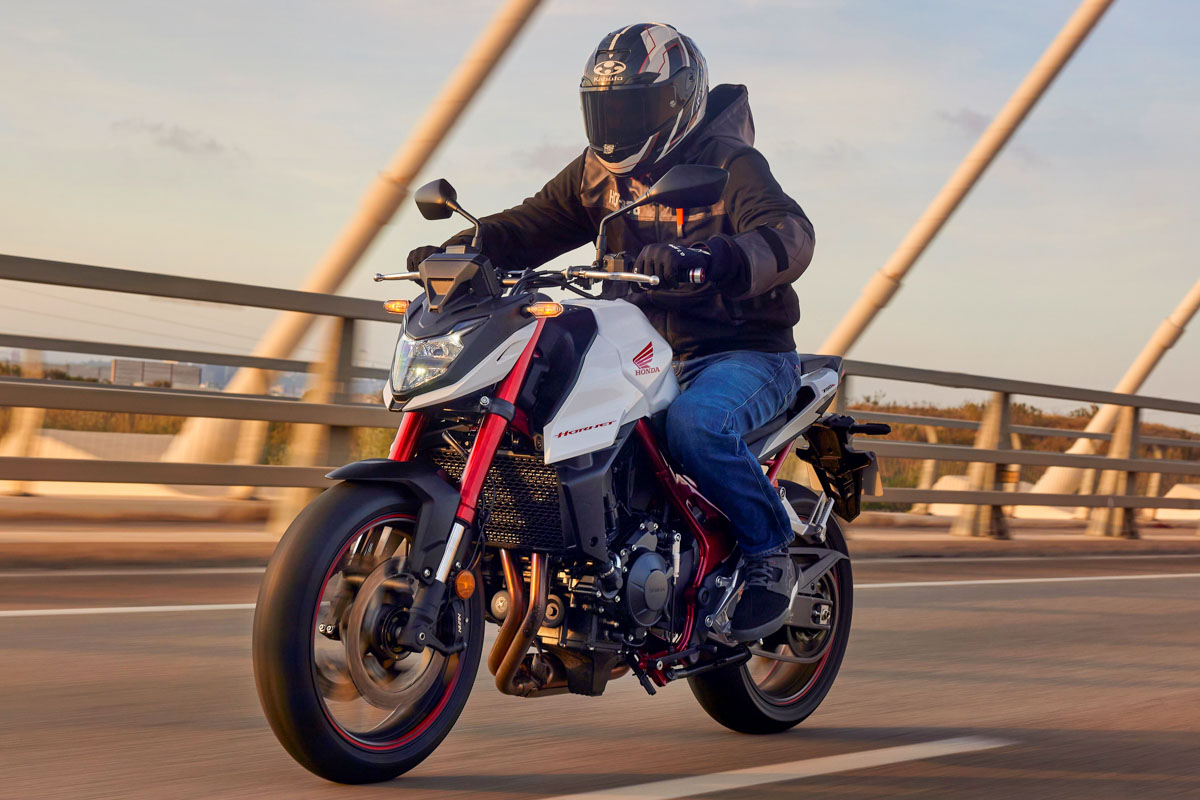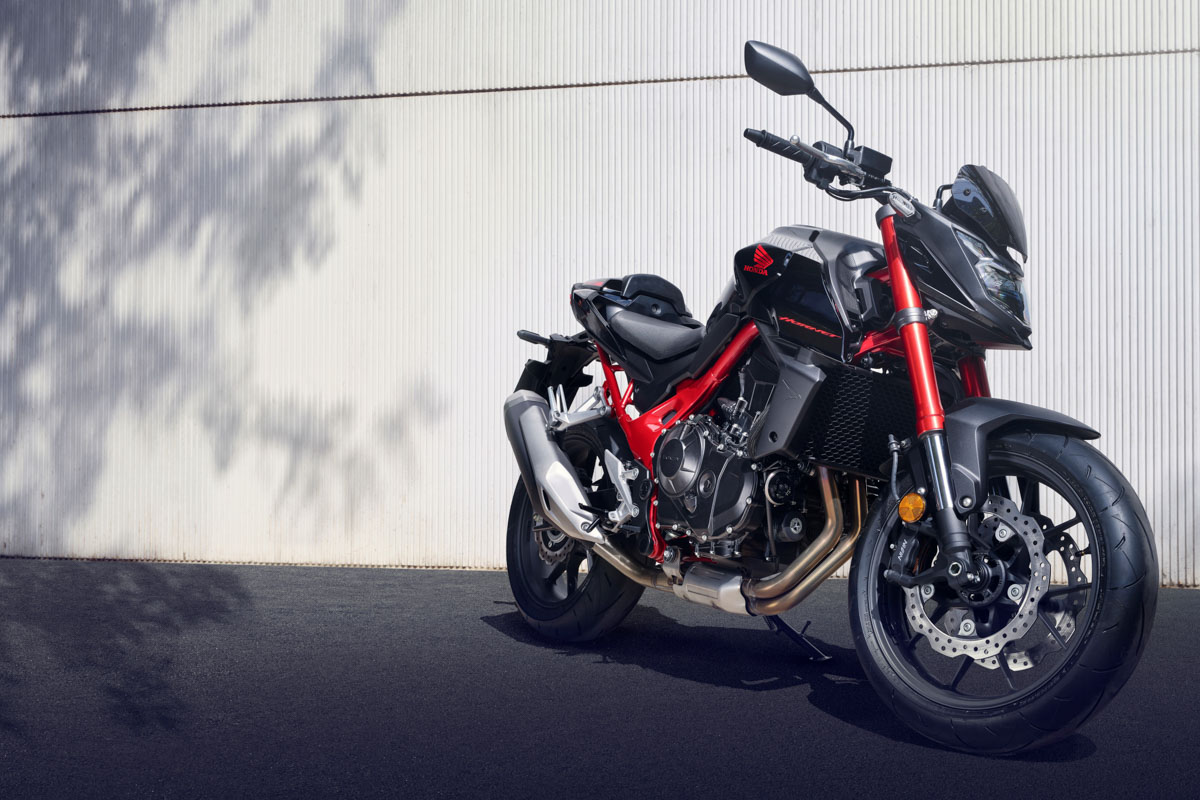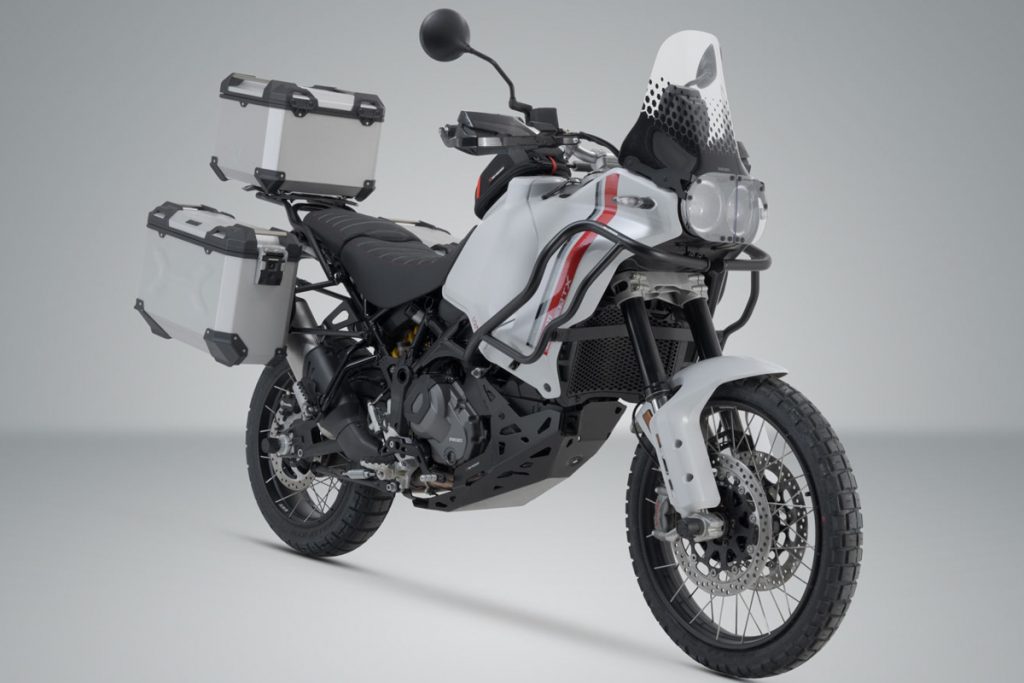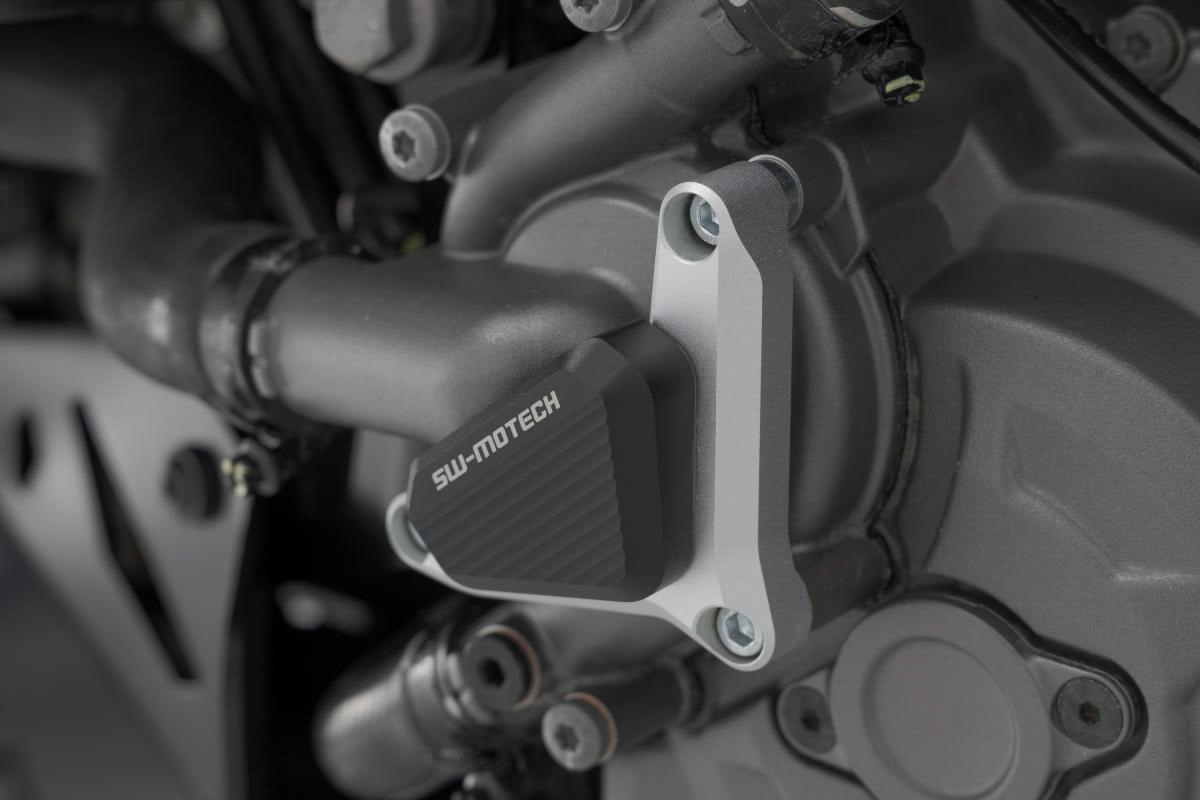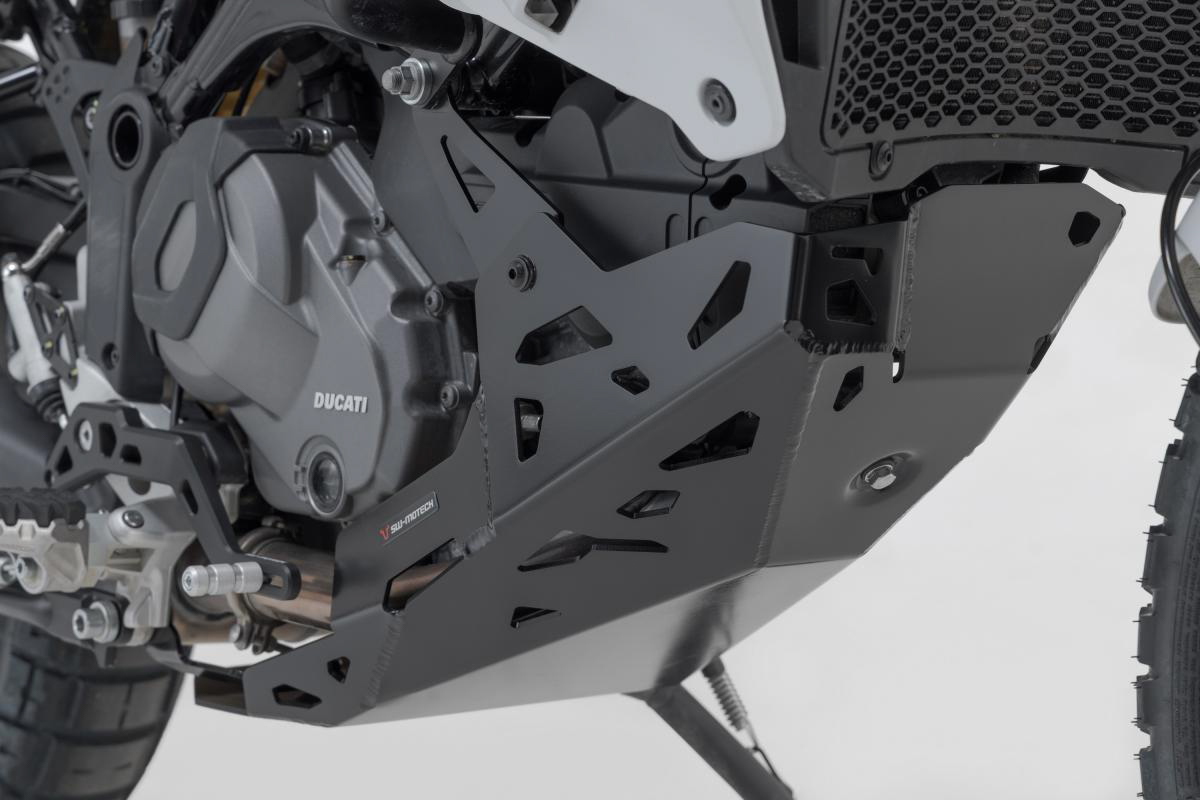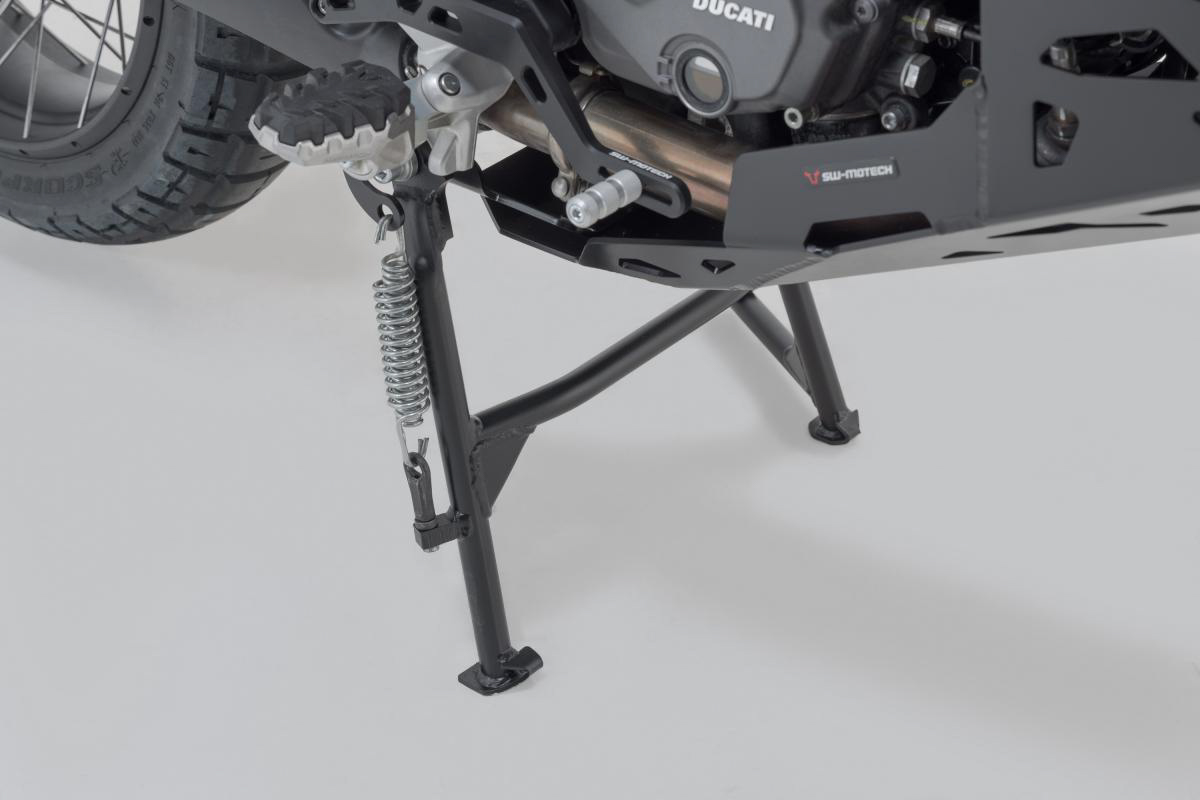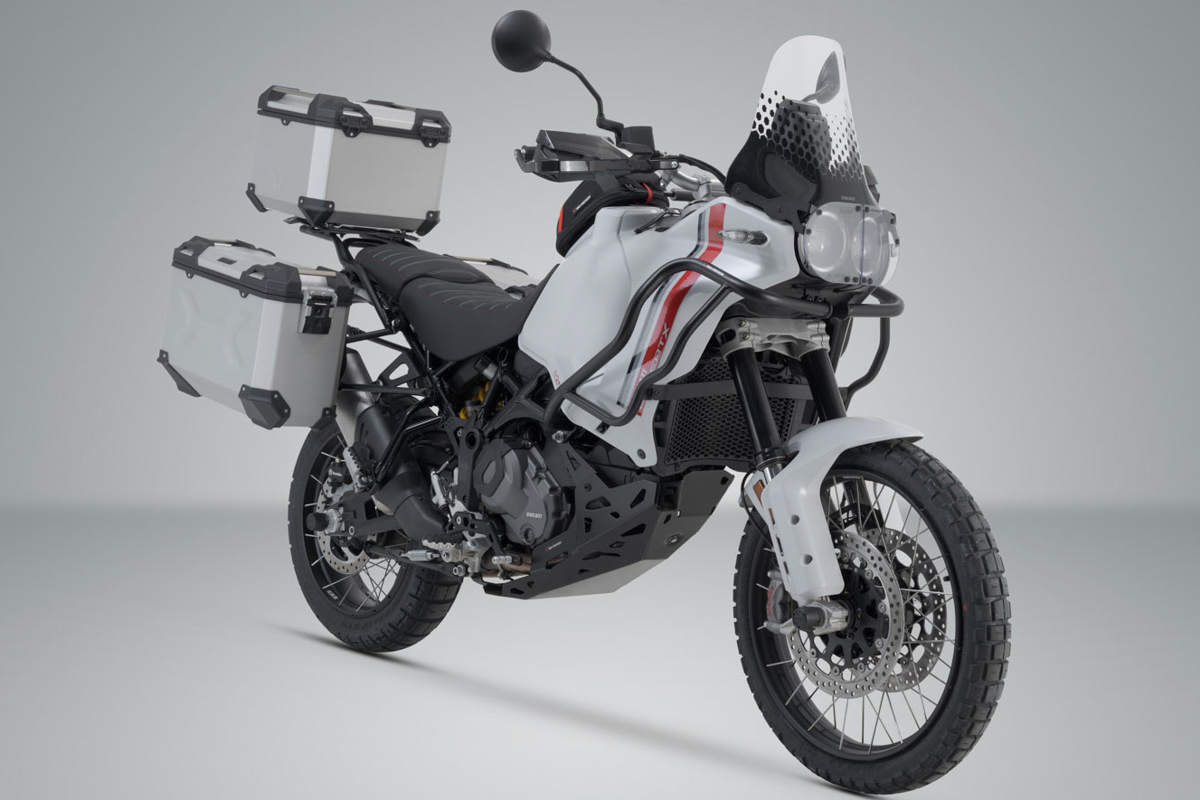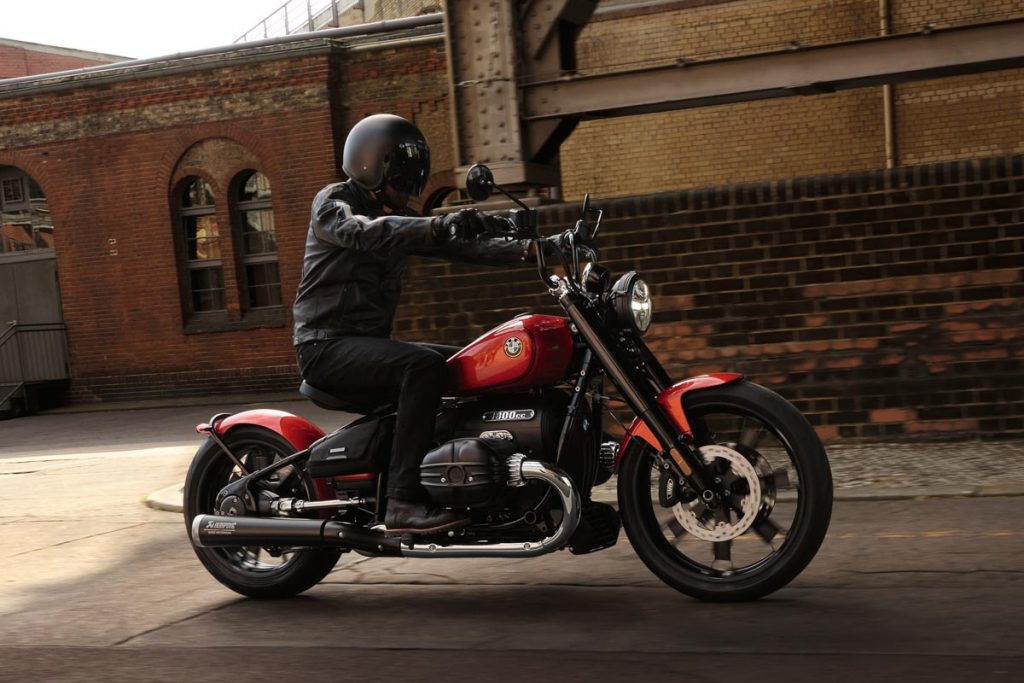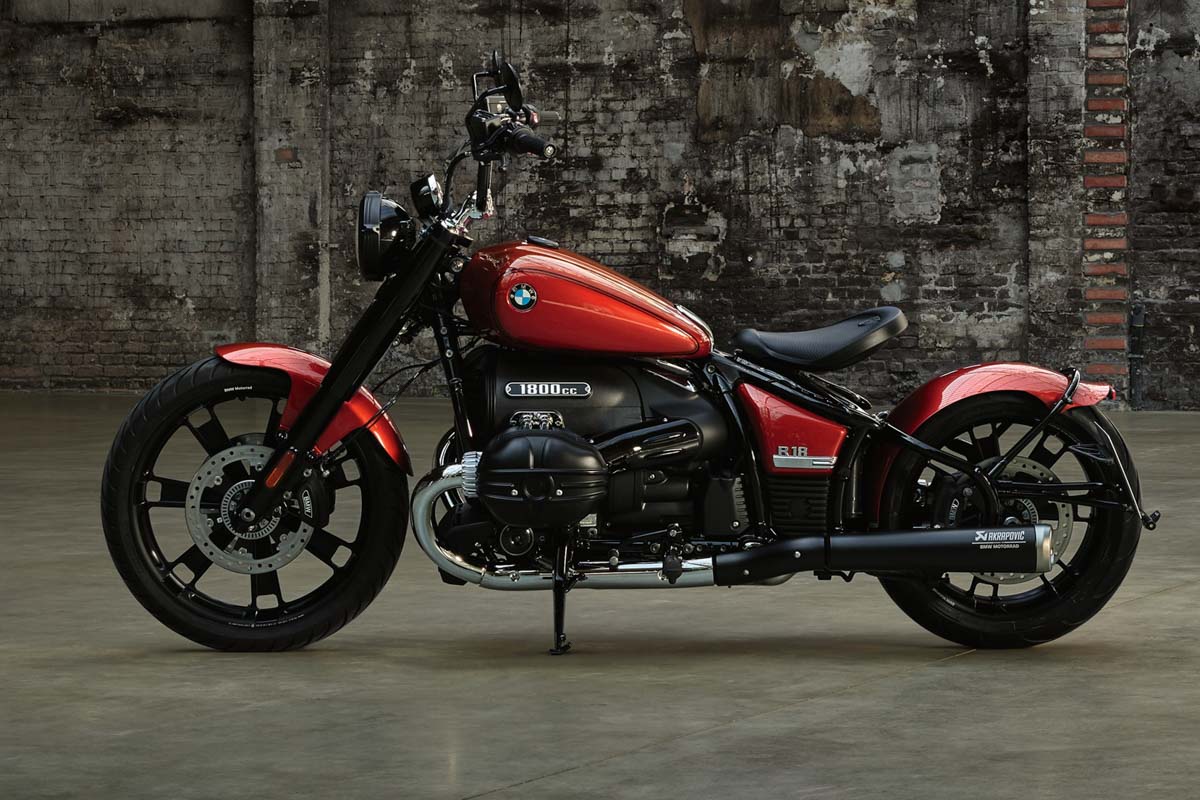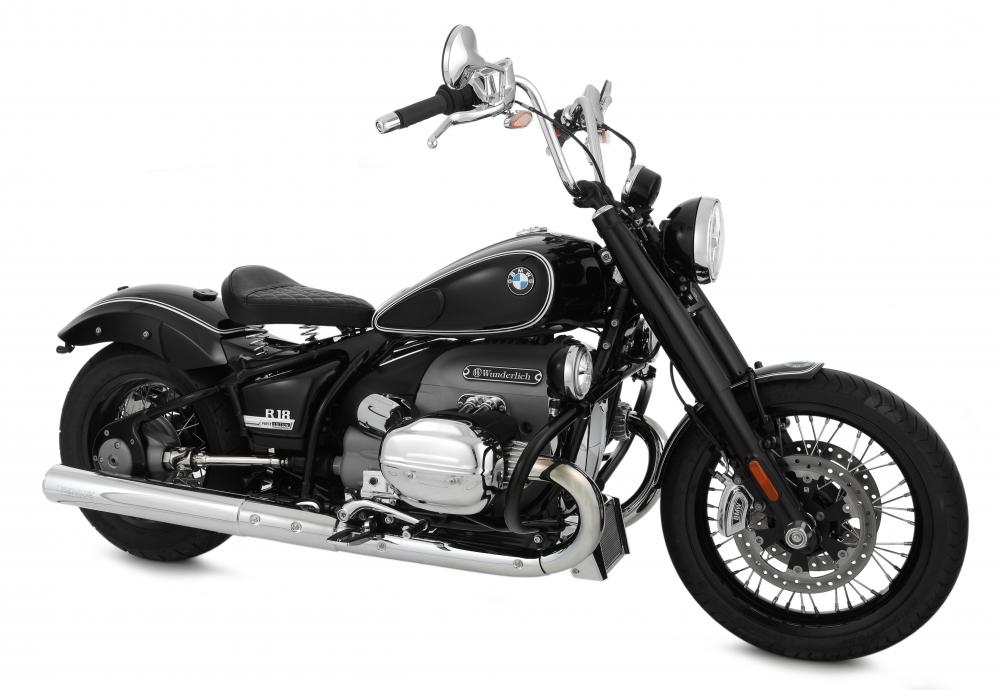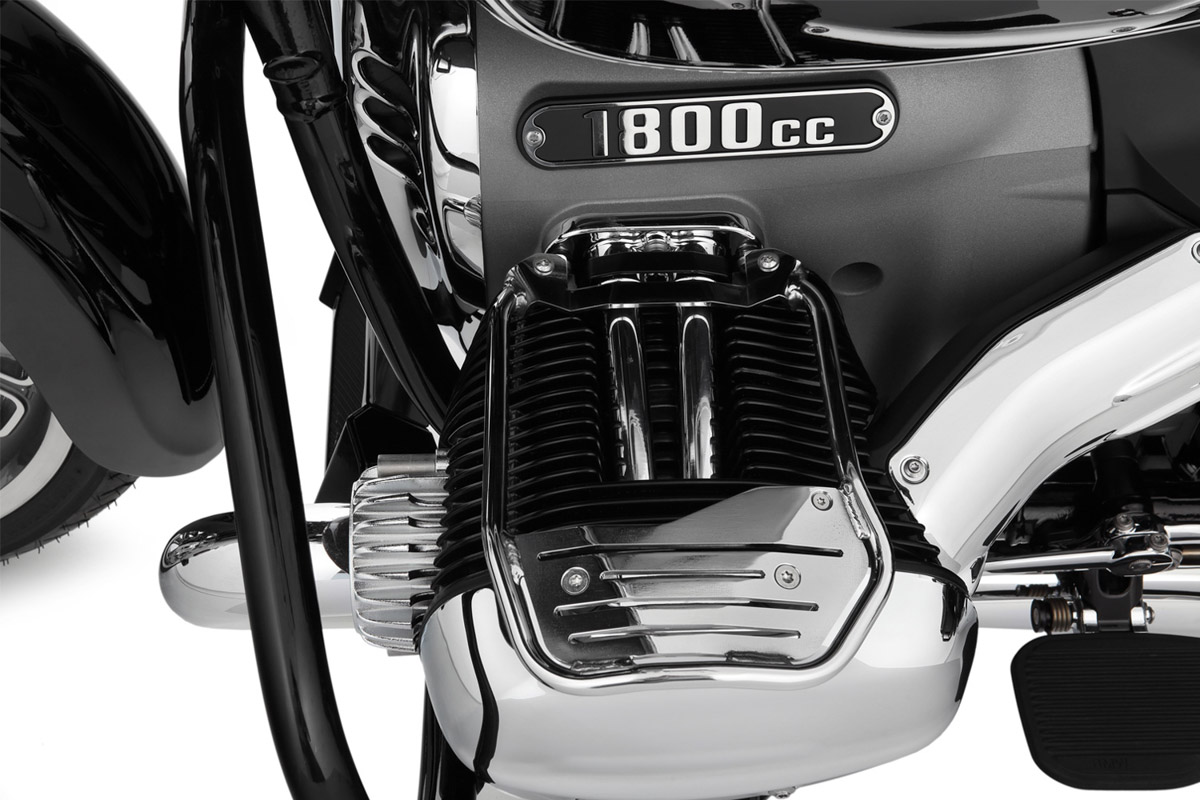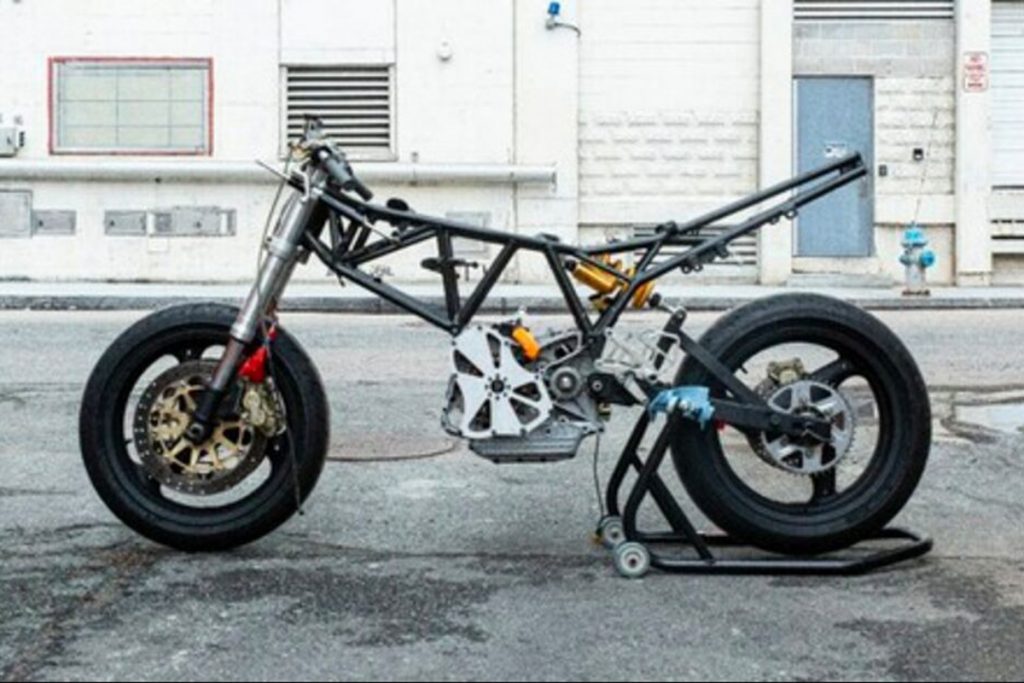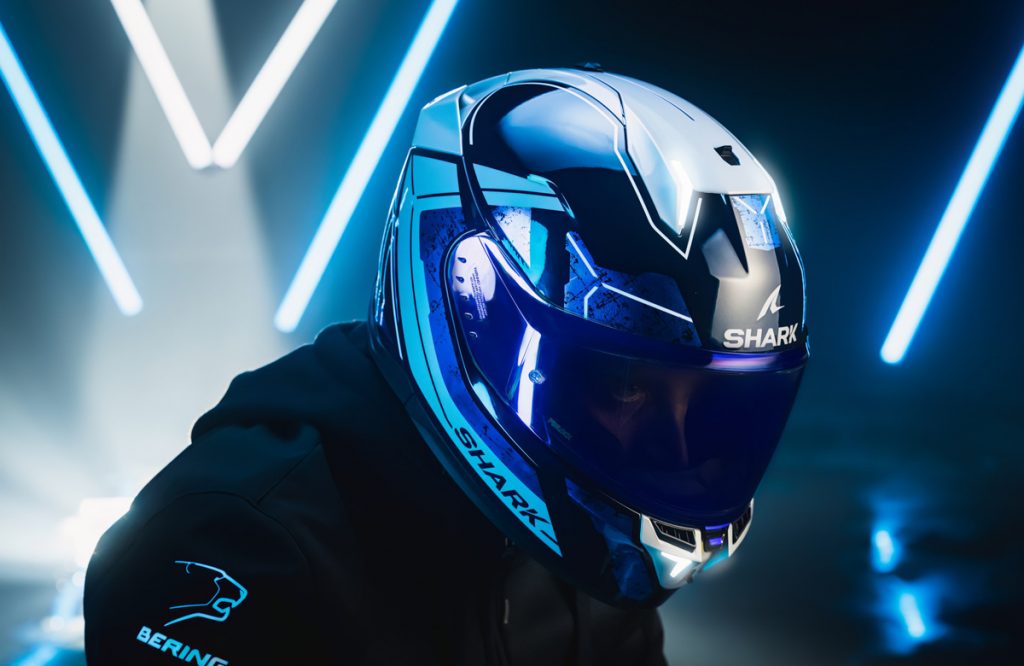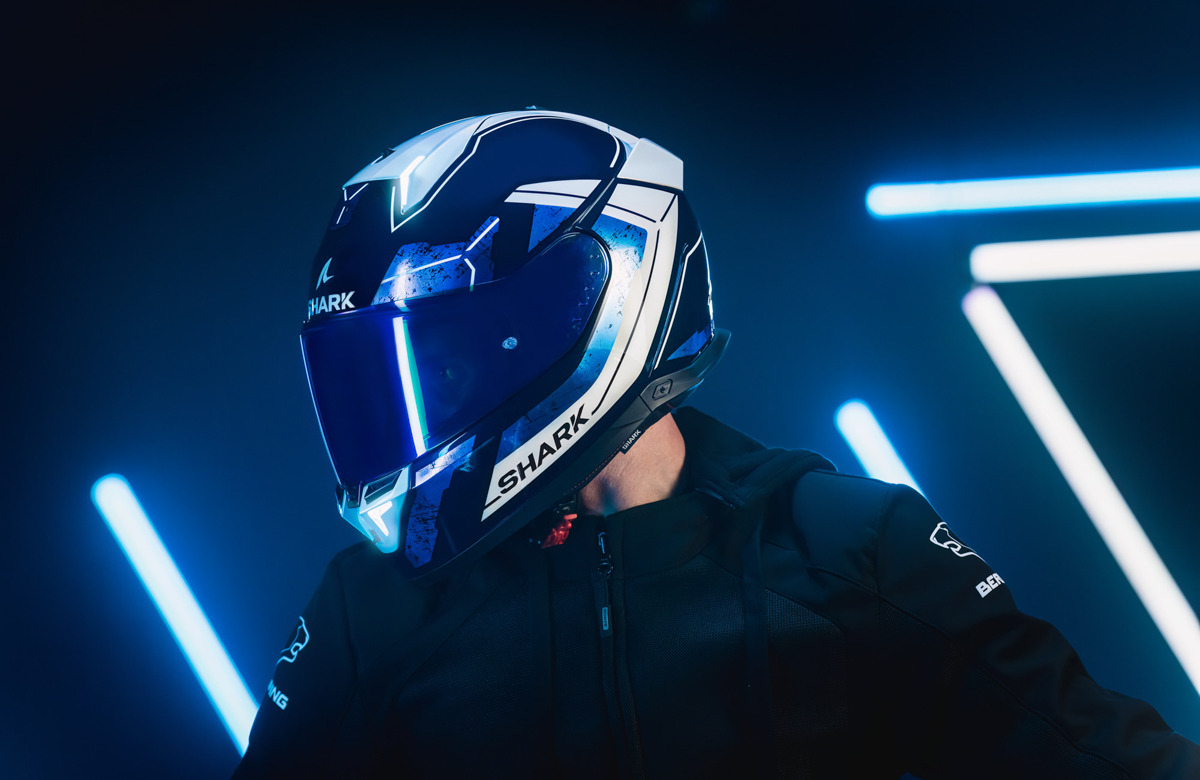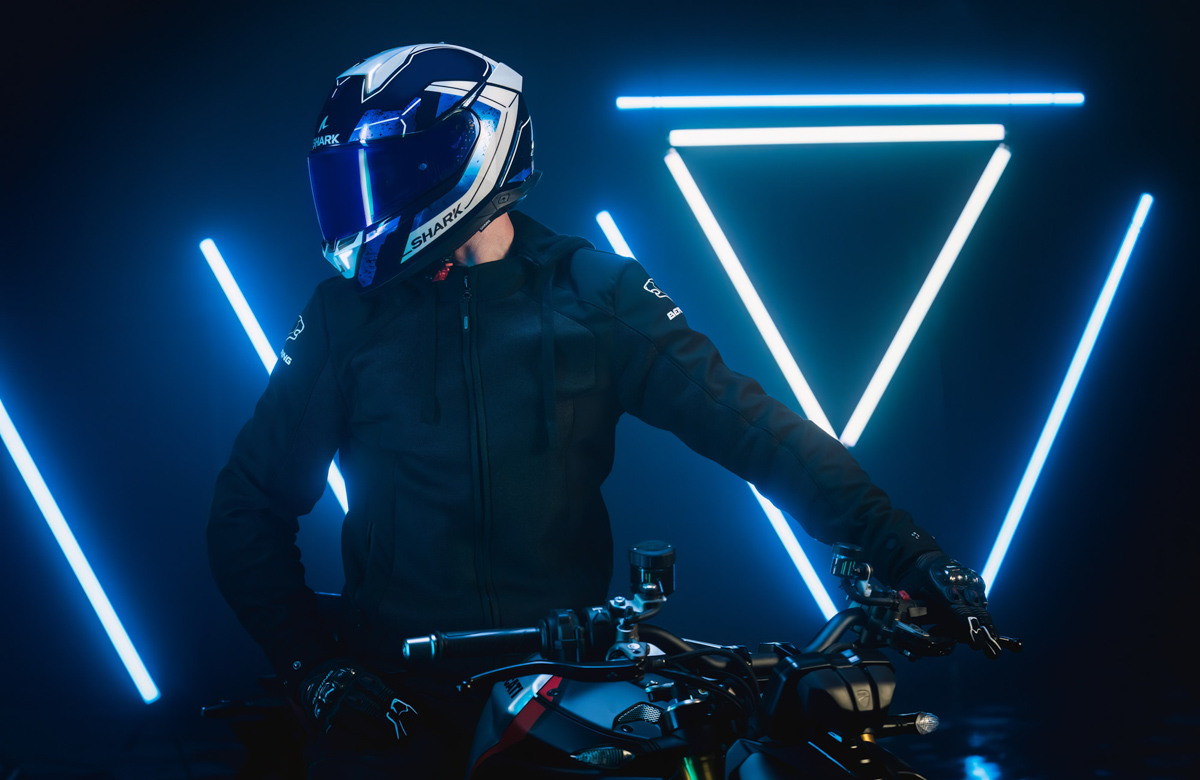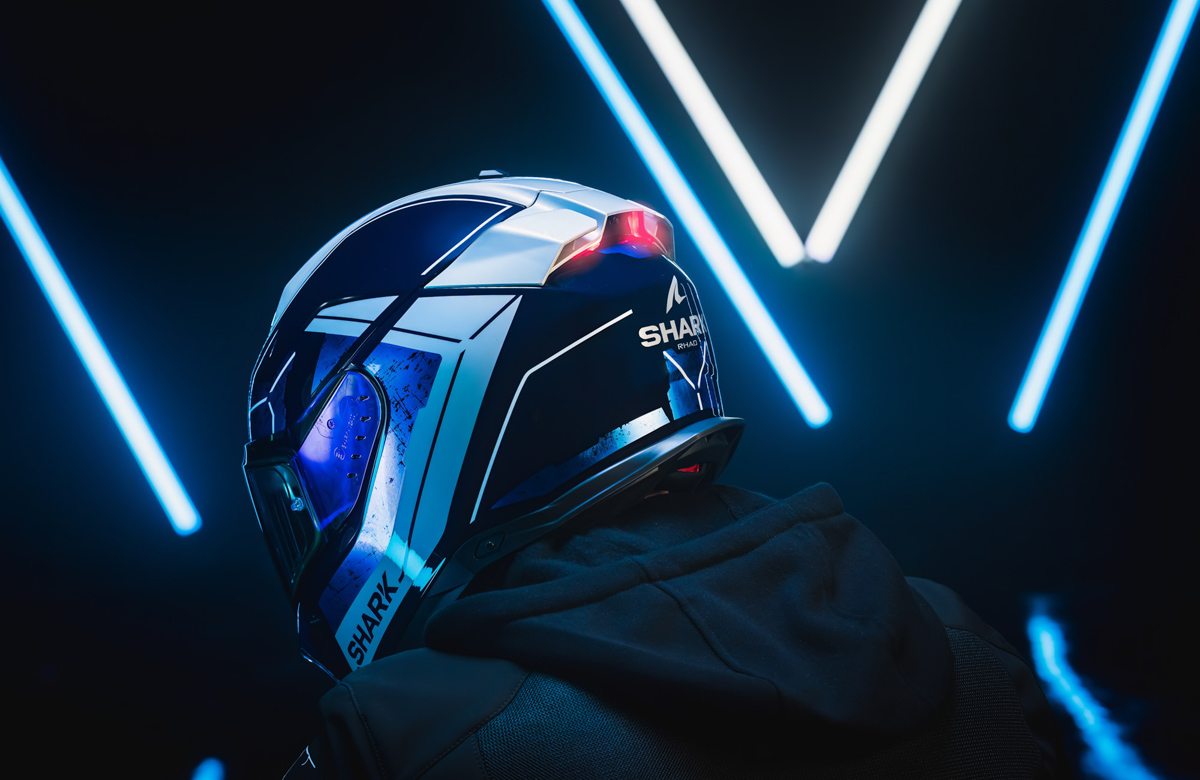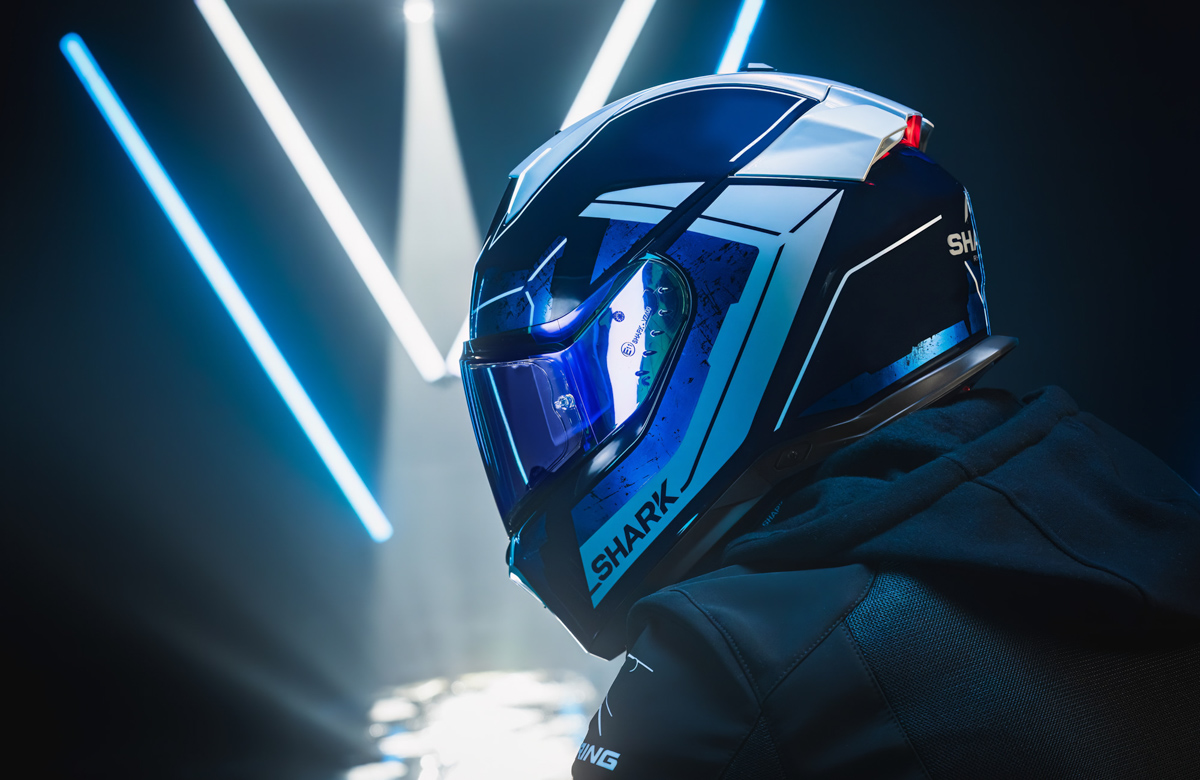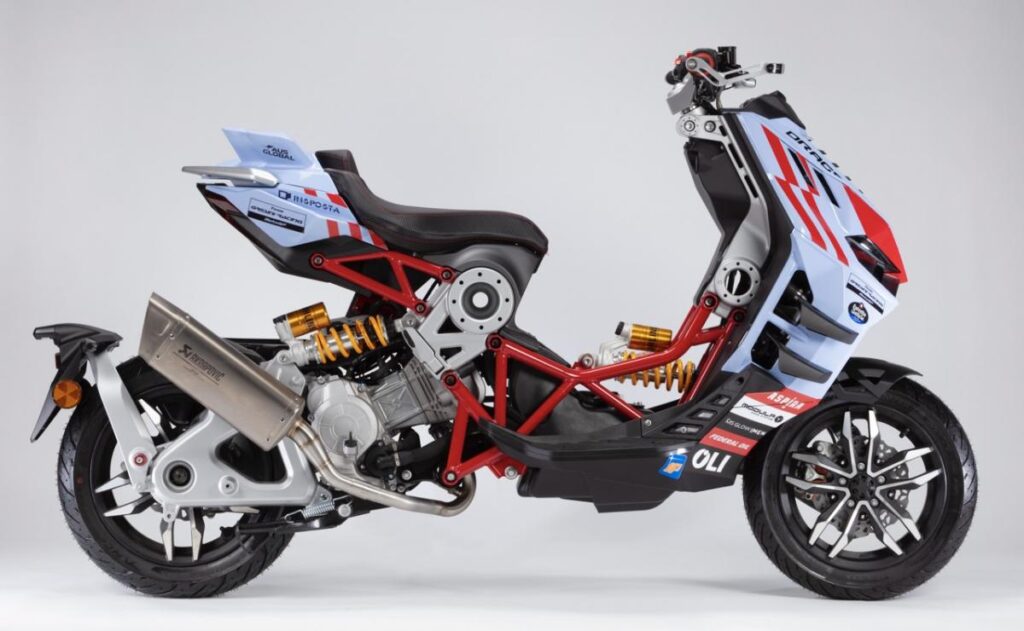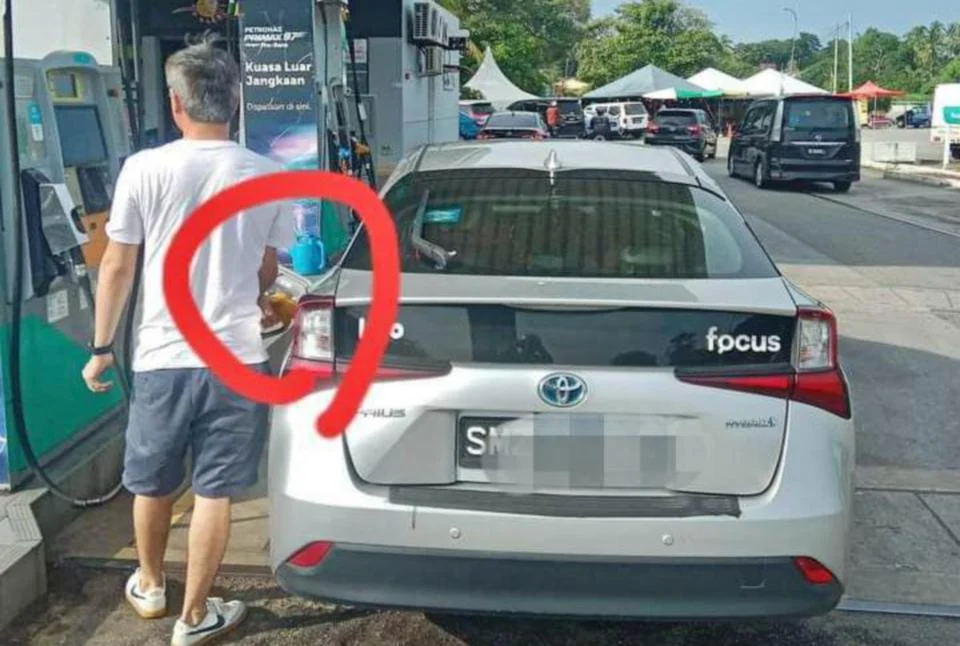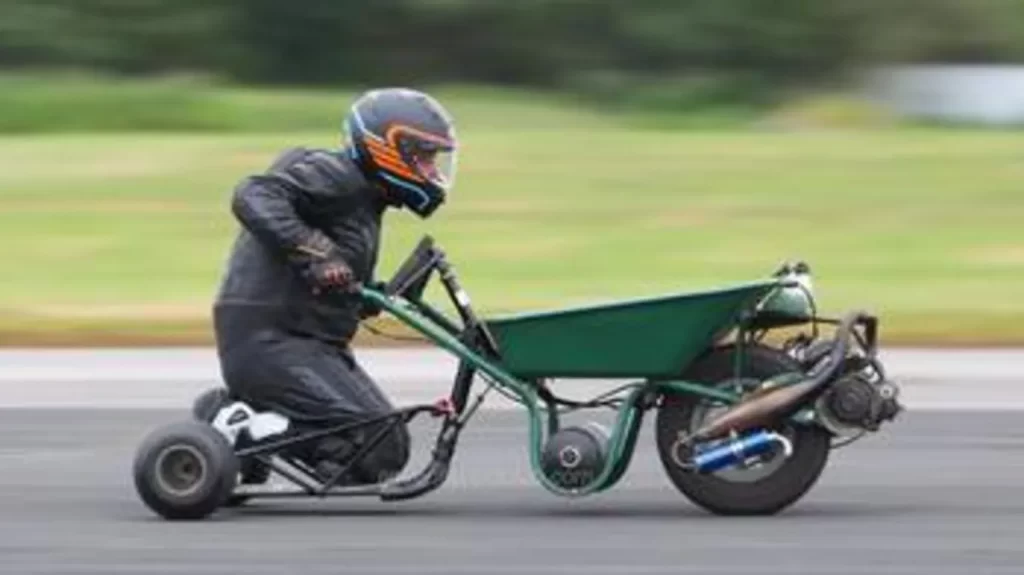Italian motorcycle brand Benelli has unveiled its latest offering, the Tornado 402, which is set to be manufactured in China by its parent company, Qianjiang. While some development and design work is still done in Italy, the majority of the bikes are now produced in China.
- The Tornado 402 features an all-new 400cc twin-cylinder engine.
- The sports bike is equipped with front camera and single-sided swingarm.
The Tornado moniker has traditionally been linked with sporty models at Benelli, and the new Tornado 402 is no exception. This fully faired sportbike boasts a 400cc engine that is likely to appeal to riders in countries where 400cc motorbikes are considered premium options or where licensing restrictions limit larger engines.
Although it would have made sense for Benelli to adopt an existing 400cc twin engine from Qianjiang or QJ Motor, the Tornado 402 instead comes with a freshly built engine that produces 48 horsepower at 10,000 rpm, making it the most powerful 400 series QJ twin engine currently available.
The bike’s chassis features an aluminum single-sided swingarm and a tubular steel frame with a non-adjustable upside-down telescopic fork at the front and an adjustable shock absorber at the back, both supplied by Marzocchi. Nissin provides the braking system, which includes two 300-millimeter discs at the front and a 250-millimeter disc at the rear, along with ABS as standard.
One notable technological feature of the Tornado 402 is a built-in dash cam, which records traffic conditions and is built into the windshield assembly. The footage can be recorded to a smartphone using an app and is saved automatically. This function is not only useful for documenting enjoyable rides but also for safety and security while riding on the road.



